Organic farming is a major part of Danish agriculture. The country is one of the most advanced in organic food production, with more than a quarter of all farms certified organic. Organic farming in Denmark has seen significant growth over the past decade, with consumer demand for healthier and more sustainable food increasing significantly.
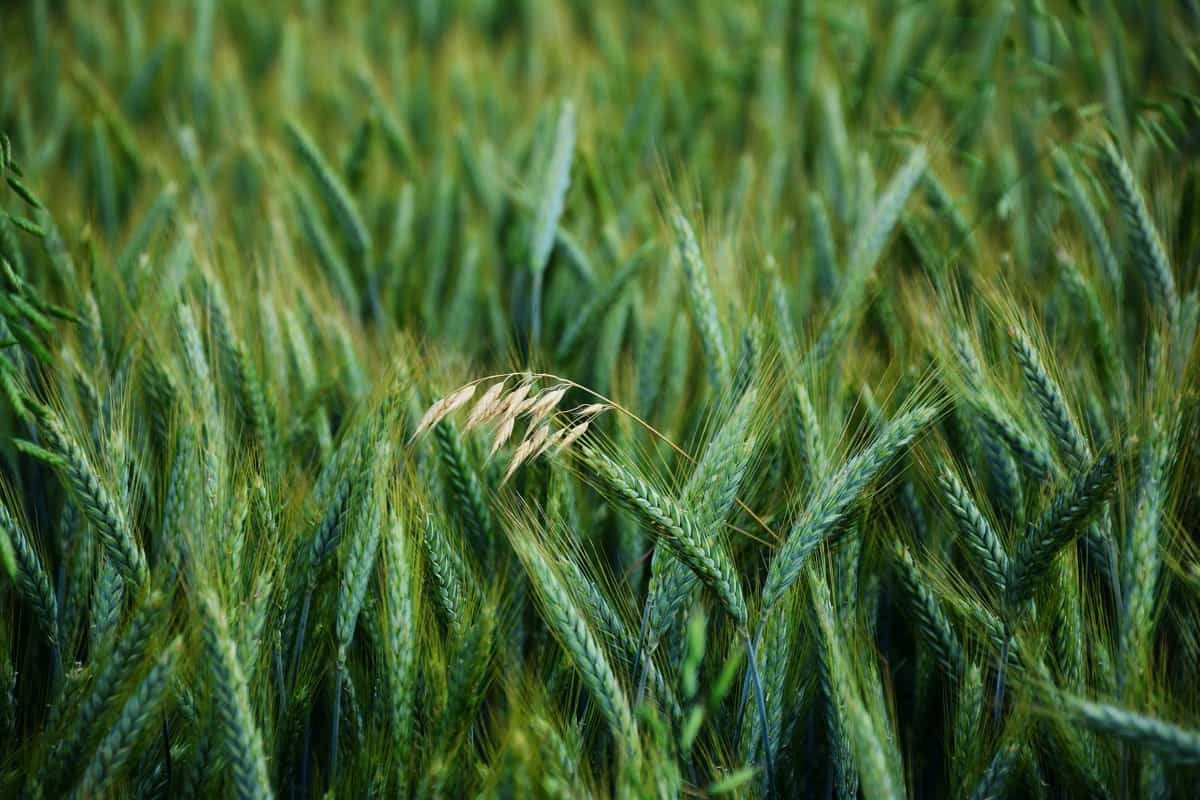
Organic farming in Denmark is based on the principles of sustainable agriculture, which aim to produce food in a way that is environmentally friendly and efficient. The country’s organic farming approach includes government support and private initiatives.
Key rules to start organic farming in Denmark
What is organic farming?
It is a type of agriculture that focuses on producing food in a way that is healthy for both the environment and the consumers. For example, organic farmers use crop rotation, cover crops, and composting techniques to improve soil health and minimize synthetic pesticides and fertilizers. These practices result in more nutritious products than conventional farming methods.
In Denmark, organic farmers are required to follow strict guidelines set forth by the Danish government. These guidelines cover everything from how the animals are raised to what crop rotations are used. As a result, Danish organic farmers are some of the world’s most environmentally friendly and sustainable. Denmark has a long history of organic farming, and the country was an early adopter of organic standards. As a result, organic agriculture makes up a significant portion of Danish agriculture, with over 1,500 farms certified organic.
The future of organic farming in Denmark
There are many reasons why organic farming is so popular in Denmark. One is that the country has a long tradition of small-scale family farms well suited to organic production. Another is that the Danish government provides significant financial support for organic farmers, including subsidies for converting to organic production and grants for research and development. As a result, the future of organic farming in Denmark looks promising. With strong support from the government and a favorable environment for small-scale farmers, organic agriculture will likely continue to thrive in the country for years to come.
In case you missed it: Growing Bitter Gourd Organically in Karnataka: Farming Practices and Production Management
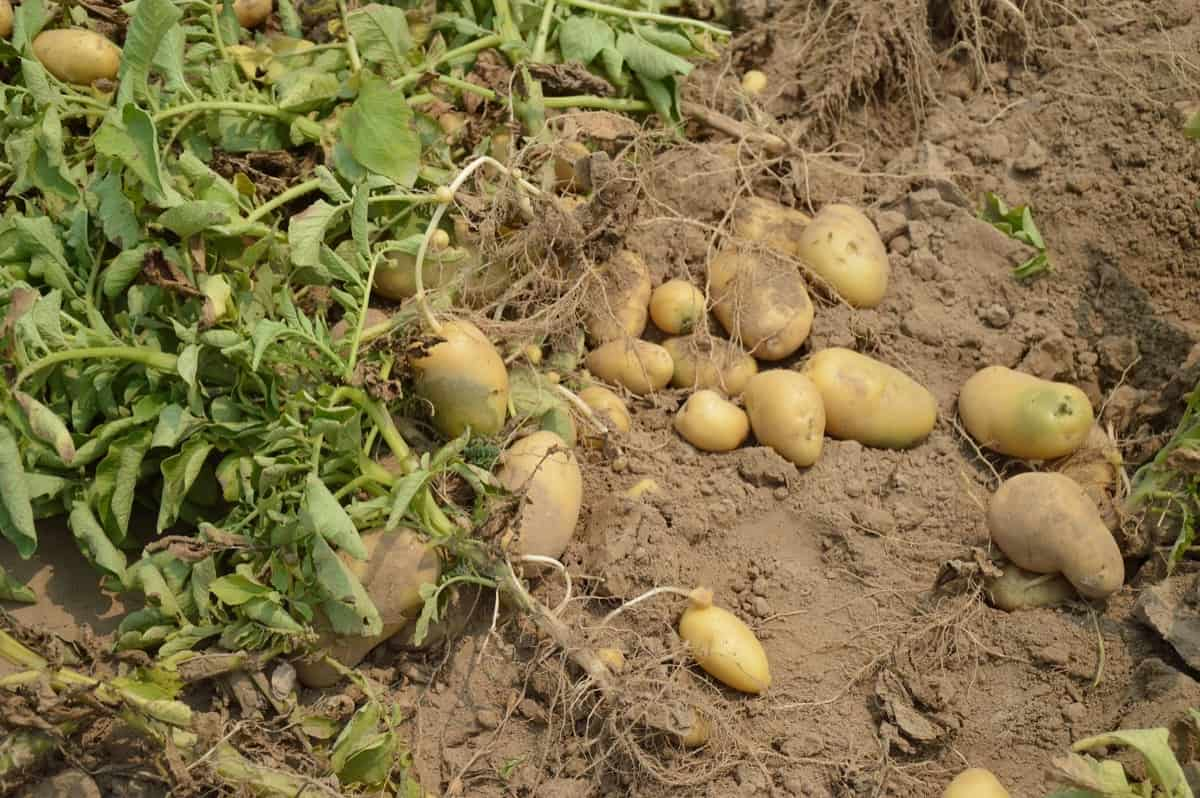
Organic soil management in Denmark
Organic farmers in Denmark have been using innovative techniques to improve soil health for many years. One of the most important aspects of organic soil management is the use of cover crops. Cover crops are grown between cash crops (such as corn or soybeans) to help improve soil health.
In recent years, farmers in Denmark have been experimenting with different types of cover crops to find which ones are most effective at improving soil health. One type of cover crop that has shown promising results is the rye grass crop. Ryegrass is an annual winter crop that can be used as a cover crop or forage crop.
Is organic farming profitable in Denmark?
Organic farmers in Denmark have successfully increased their market share and made a profit. In recent years, the number of organic farms has increased by 60 percent, while the overall number of farms has decreased. As a result, the area of farmland devoted to organic production has also increased. The Danish government supports organic farming through various measures, including financial incentives, research and development programs, and information campaigns. These initiatives have helped make organic farming more profitable for Danish farmers.
Steps to start an organic farming business plan in Denmark
- Create a business plan that should include financial goals and how you plan to achieve the business. It’s important to do your research and develop a solid business plan. This is especially true for organic farming businesses, as the market can be quite competitive. Look into what demand there is for organic products in Denmark, what prices farmers are getting for their products, and what costs are associated with starting and running an organic farm. Use this information to develop a realistic business plan to help you succeed in the Danish market.
- Decide what type of organic farm you want to start. There are many types of organic farms, so choosing the one that is right for you is important.
- Find out what the requirements are for starting an organic farm in Denmark. Certain regulations must be followed to operate an organic farm in Denmark.
- Find a suitable location for your farm. The location of your farm will play a big role in its success, so it is important to choose wisely.
- Acquire the necessary equipment and supplies. You will need basic equipment and supplies, such as tractors, plows, and seeders.
- Hire employees or find volunteers who can help with the running of the farm. Extra help will make things run smoothly.
- Market your farm properly. Make sure potential customers know about your products and services by marketing your farm effectively.
In case you missed it: How this Farmer Making 60 Lakhs from 6 Acres Organic Grape Farm: Organic Grape Cultivation Sucess Story in India
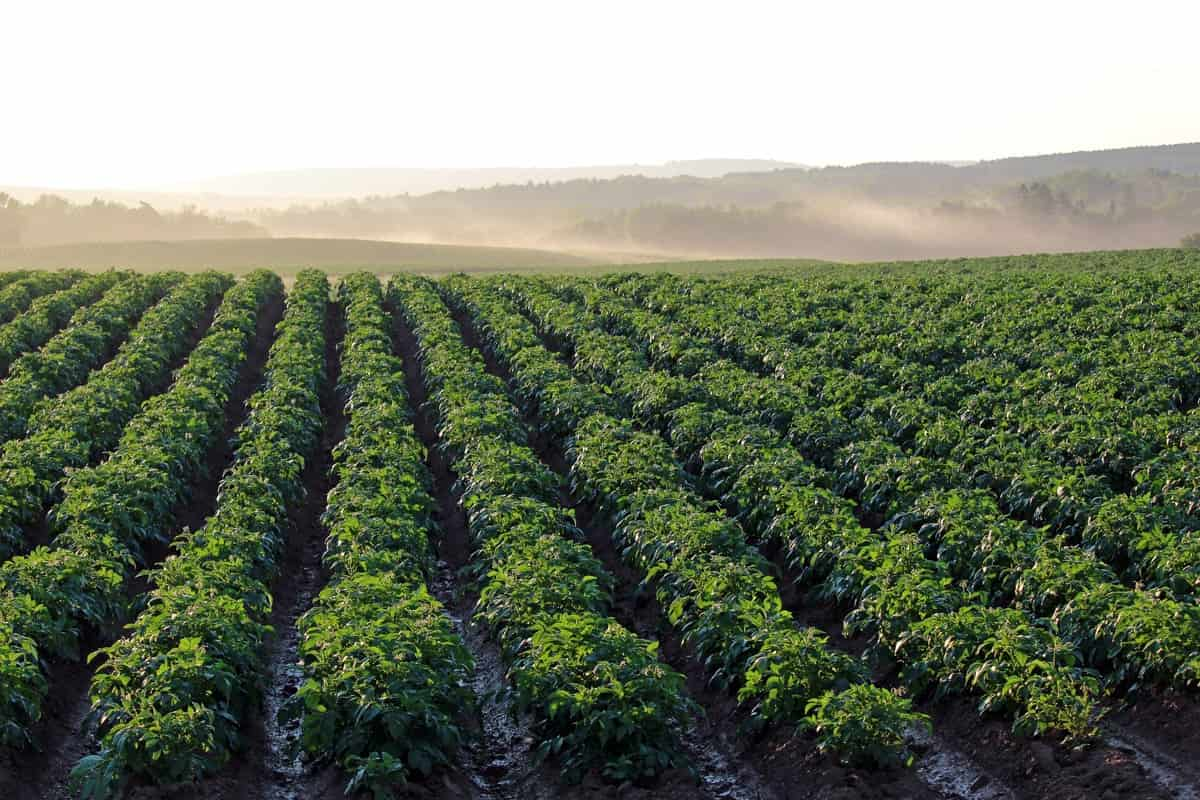
Organic vegetable farming in Denmark
It is a rapidly growing industry. The country has some of the best conditions for organic agriculture, with a mild climate and rich soil. There are many different types of organic vegetables grown in Denmark, including Lettuce, Carrots, Potatoes, Tomatoes, and Cabbage. Farmers are also experimenting with new methods and crops, such as quinoa and amaranth. With the increasing popularity of organic food, there is great potential for further growth in Denmark’s organic vegetable farming industry.
Which organic crops are grown in Denmark?
Denmark is a world leader in organic farming, with over 14% of the country’s farmland certified organic. Many organic crops are grown in Denmark, including wheat, barley, oats, rye, potatoes, vegetables, fruits, and herbs. Denmark has a long tradition of organic farming, and the country is a leader in organic agriculture. More than 10% of the country’s farmland is devoted to organic production.
What are the organic farming practices in Denmark?
- The first step in organic farming is to create healthy soil. This is done by using cover crops, green manure, and compost. These practices help to improve the soil structure and increase its fertility.
- Crop rotation is another important aspect of organic farming. Farmers must rotate their crops to avoid depleting the nutrients in the soil. This helps to keep the soil healthy and productive.
- Green manures are another important part of organic farming in Denmark. These crops are grown specifically to add nutrients to the soil. But unfortunately, they are often plowed back into the field after harvest or used as animal feed.
- Danish farmers also use cover crops, which are planted between cash crops, to improve soil health and suppress weeds. Leguminous cover crops such as clover or peas can also add nitrogen back into the soil.
- Pest management is another key part of organic farming. Farmers use various methods to control pests, including biological, mechanical, and cultural controls.
Key rules to start organic farming in Denmark
In Denmark, organic farming is governed by the Danish Ministry of Environment and Food.
- Farmers must use only organic seeds, fertilizers, and pesticides.
- Fields must be free of chemical residues for at least three years before organic farming conversion.
- Farms must be inspected and approved by an accredited certification body before receiving the official Danish organic label.
- Organic farmers in Denmark also have access to several government subsidies and support programs designed to help them transition to and succeed in organic production.
In case you missed it: How this Farmer Earns 20 Lakhs from 3 Acres Organic Payaya Farm: A Success Story of Organic Fruit Cultivation in India
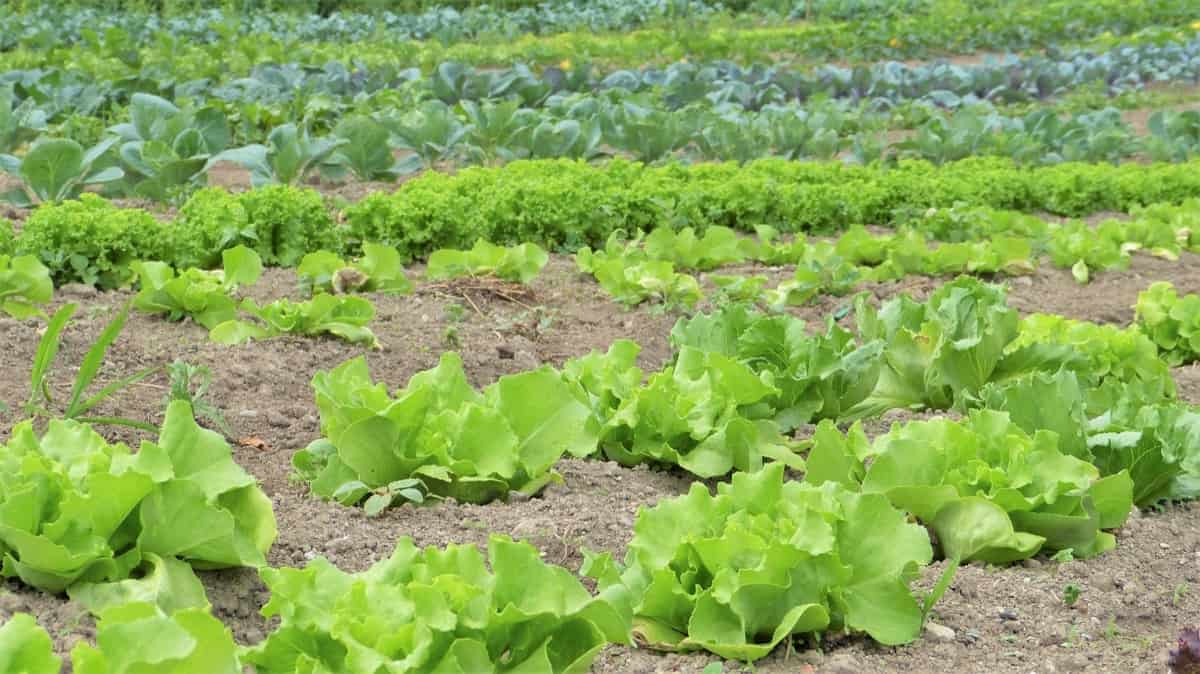
Pest and diseases management for organic farming in Denmark
- Pest and disease management is an important part of organic farming. In Denmark, farmers use various methods to control pests and diseases.
- Crop rotation is the most important tool for pest and disease management in organic farming. Farmers can break the life cycles of many pests and diseases by rotating crops. Crop rotation also helps improve soil health, reducing the incidence of pests and diseases.
- Another important tool for pest and disease management is cover crops. Cover crops can help to suppress weeds, provide habitat for beneficial insects, and improve soil health. They can also help to reduce the spread of diseases by providing a barrier between susceptible crops.
- Farmers also use a variety of cultural methods to control pests and diseases. These include choosing resistant varieties, crop spacing, and proper irrigation. Sanitation is also important in preventing the spread of diseases.
- Organic farmers in Denmark have access to a range of pest and disease management products. These products are approved for use in organic agriculture by the Danish Organic Standards Board.
Weed management for organic farming in Denmark
- Weed management is an important part of organic farming. Several methods can be used in Denmark to control weeds on organic farms.
- One method of weed control is using mechanical means, such as plowing, hoeing, and hand-weeding. These methods can be effective in removing weeds from the crop area. However, they can also disturb the soil and cause soil compaction.
- Another method of weed control is through the use of herbicides. Herbicides can be applied before or after crops are planted. Some herbicides are more effective when applied before planting, while others work best after crops have germinated.
- Weed management also includes using cover crops and mulches to prevent weeds from germinating and growing in the first place. For example, cover crops can be planted between rows of crops, and mulches can be placed around plants to prevent weeds from getting established.
Nutrient management for organic farming in Denmark
Several national and international regulations govern organic farming in Denmark. As a result, organic farmers must follow strict guidelines for managing their land, crops, and livestock. One key area of focus for organic farmers is nutrient management. Nutrients are essential for plant growth but can also be detrimental to the environment if not managed properly. To ensure that their farming practices are sustainable, organic farmers must carefully monitor the number of nutrients they use and how those nutrients are used by their crops.
One common practice is to use cover crops. Another way to optimize nutrient management is through the use of animal manure. Manure can be an excellent nutrient source for crops, but it must be used carefully to avoid polluting waterways. Organic farmers often compost manure before using it as fertilizer, which helps reduce its potential negative impacts on the environment.
In case you missed it: How to Start Organic Farming in South Africa: Key Rules, Certification, Business Plan, Crops, and Management
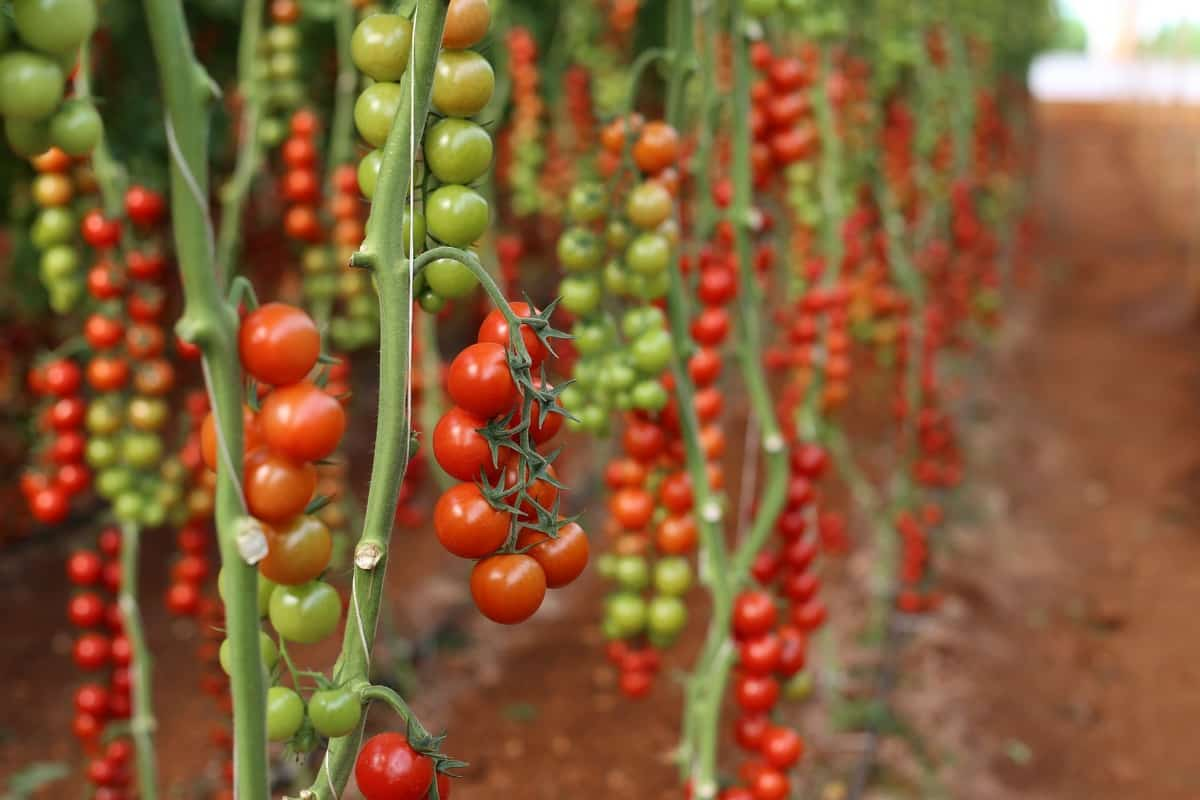
Schemes under organic farming in Denmark
Several schemes are available to support organic farmers in Denmark. One such scheme is the Government’s Organic Action Plan. The plan sets out several measures to help farmers transition to organic farming and to support them once they have made the switch. Other schemes include financial support for conversion to organic farming, advice, information from experts, and research into organic farming methods. There is also a certification scheme in place that guarantees that products labeled as ‘organic’ have been produced according to strict standards.
Organic farming set-up cost in Denmark
The cost of setting up an organic farm in Denmark can vary depending on the size and type of operation. However, on average, it costs around Kr. 1.5 million to set up an organic farm in Denmark. This includes the cost of land, buildings, equipment, and certification. In addition to the initial set-up costs, ongoing costs are also associated with running an organic farm. These include costs for inputs (e.g., seed, fertilizer, livestock), labor, and marketing
Challenges faced by organic farmers in Denmark
- One of the biggest challenges is dealing with weeds. While conventional farmers can use herbicides to kill weeds, organic farmers must rely on mechanical methods such as hoeing or hand-pulling. This can be very time-consuming, and sometimes the weeds grow back faster than the farmer can keep up.
- One of the biggest challenges facing organic farmers is the higher cost of production. Organic farmers often have to pay more for inputs like seeds and fertilizer and may also have higher labor costs. This can make it tough for organic farmers to compete with conventional farms on price.
- Another challenge organic farmers face is finding enough labor to help with the extra work required. Since organic farms are often smaller than conventional farms, they often don’t have the same economies of scale when hiring workers. This can make it difficult to find affordable labor, especially during busy times like harvest.
- Finally, organic farmers also have to contend with lower yields than their conventional counterparts. This is because organic farms tend to be smaller, but it’s also because organic cultivation methods are often less efficient than conventional methods. This means that organic farmers must constantly innovate and experiment to find ways to increase their yields.
In case you missed it: Organic Barley Farming: Production and Cultivation Management Practices
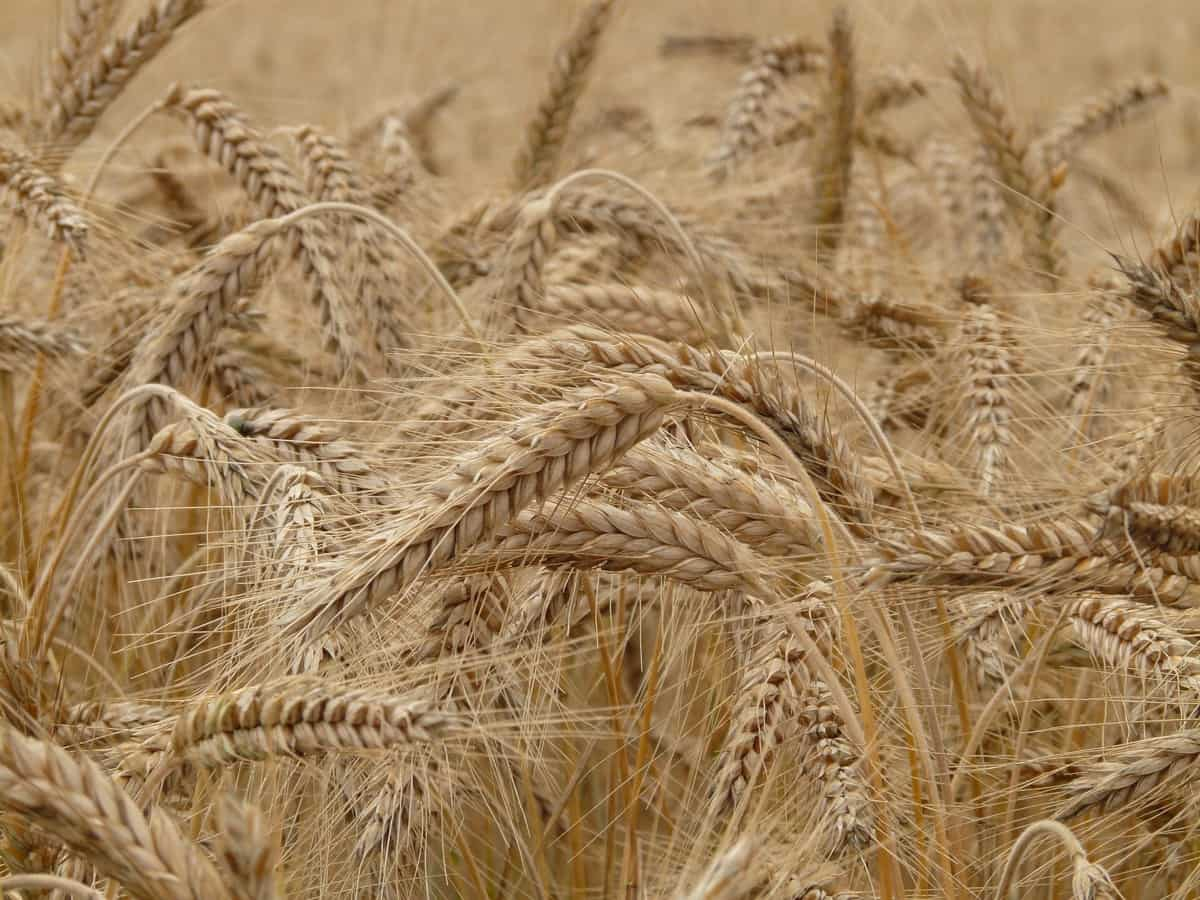
Conclusion
Organic farming in Denmark is a growing industry with tremendous growth and promise. With the help of new technologies, Danish farmers can produce high-quality organic products for local and global markets. Organic farming in Denmark is becoming increasingly popular as the country moves to become a leader in sustainable agriculture. With its focus on protecting the environment, promoting biodiversity, and producing healthy food, organic farming has provided a way for Danish farmers to produce high-quality products while minimizing their impact on the planet.
- Goat Farming Training Programs in India: A Beginner’s Guide
- Types of Pesticides Used in Agriculture: A Beginner’s Guide
- Economical Aquaculture: A Guide to Low-Budget Fish Farming
- 15 Common Planting Errors That Can Doom Your Fruit Trees
- How to Make Houseplants Bushy: Effective Tips and Ideas
- Innovative Strategies for Boosting Coconut Pollination and Yield
- Pollination Strategies for Maximum Pumpkin Yield
- The Complete Guide to Chicken Fattening: Strategies for Maximum Growth
- Natural Solutions for Tulip Problems: 100% Effective Remedies for Leaf and Bulb-Related Issues
- Revolutionizing Citrus Preservation: Towards a Healthier, Greener Future
- Natural Solutions for Peony Leaf and Flower Problems: 100% Effective Remedies
- Maximizing Profits with Avocado Contract Farming in India: A Comprehensive Guide
- Natural Solutions for Hydrangea Problems: 100% Effective Remedies for Leaf and Flowers
- The Ultimate Guide to Choosing the Perfect Foliage Friend: Bringing Life Indoors
- From Sunlight to Sustainability: 15 Ways to Use Solar Technology in Agriculture
- The Ultimate Guide to Dong Tao Chicken: Exploring from History to Raising
- The Eco-Friendly Makeover: How to Convert Your Unused Swimming Pool into a Fish Pond
- Mastering the Art of Delaware Chicken Farming: Essentials for Healthy Backyard Flocks
- 20 Best Homemade Fertilizers for Money Plant: DIY Recipes and Application Methods
- How to Craft a Comprehensive Free-Range Chicken Farming Business Plan
- Brighten Your Flock: Raising Easter Egger Chickens for Beauty and Bounty
- How to Optimize Your Poultry Egg Farm Business Plan with These Strategies
- Subsidy for Spirulina Cultivation: How Indian Government Schemes Encouraging Spirulina Farmers
- Ultimate Guide to Raising Dominique Chickens: Breeding, Feeding, Egg-Production, and Care
- Mastering the Art of Raising Jersey Giant Chickens: Care, Feeding, and More
- Ultimate Guide to Raising Legbar Chickens: Breeding, Farming Practices, Diet, Egg-Production
- How to Raise Welsummer Chickens: A Comprehensive Guide for Beginners
- How to Protect Indoor Plants in Winter: A Comprehensive Guide
- Ultimate Guide to Grow Bag Gardening: Tips, Tricks, and Planting Ideas for Urban Gardeners
- Guide to Lotus Cultivation: How to Propagate, Plant, Grow, Care, Cost, and Profit
- Agriculture Drone Subsidy Scheme: Government Kisan Subsidy, License, and How to Apply Online
- Ultimate Guide to Raising Araucana Chickens: Breed Profile, Farming Economics, Diet, and Care
- Bringing Hydroponics to Classroom: Importance, Benefits of Learning for School Students
- Ultimate Guide to Raising Polish Chickens: Breed Profile, Farming Economics, Diet, and Care
- Ultimate Guide to Raising Australorp Chickens: Profile, Farming Economics, Egg Production, Diet, and Care
- Silkie Chicken Farming: Raising Practices, Varieties, Egg Production, Diet, and Care